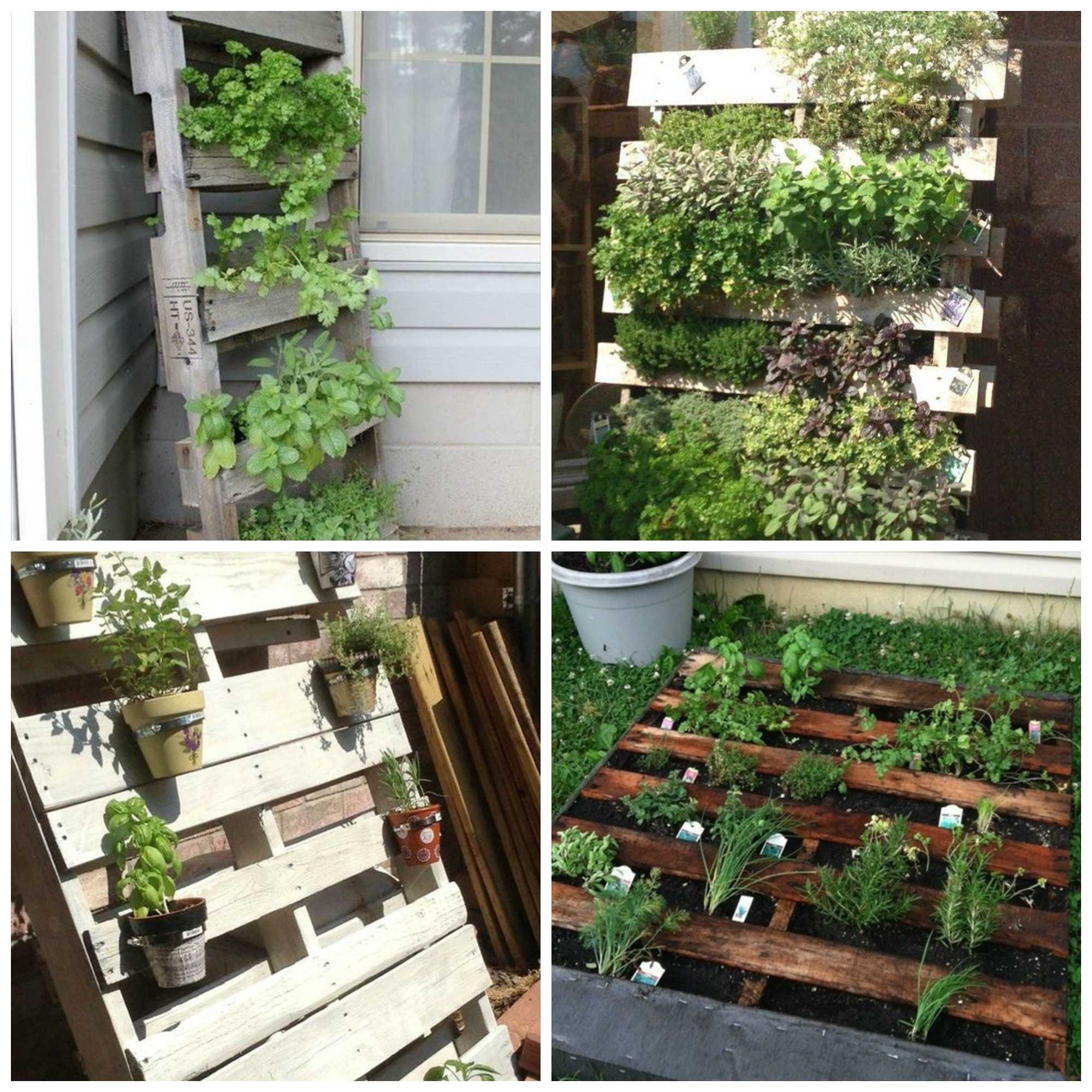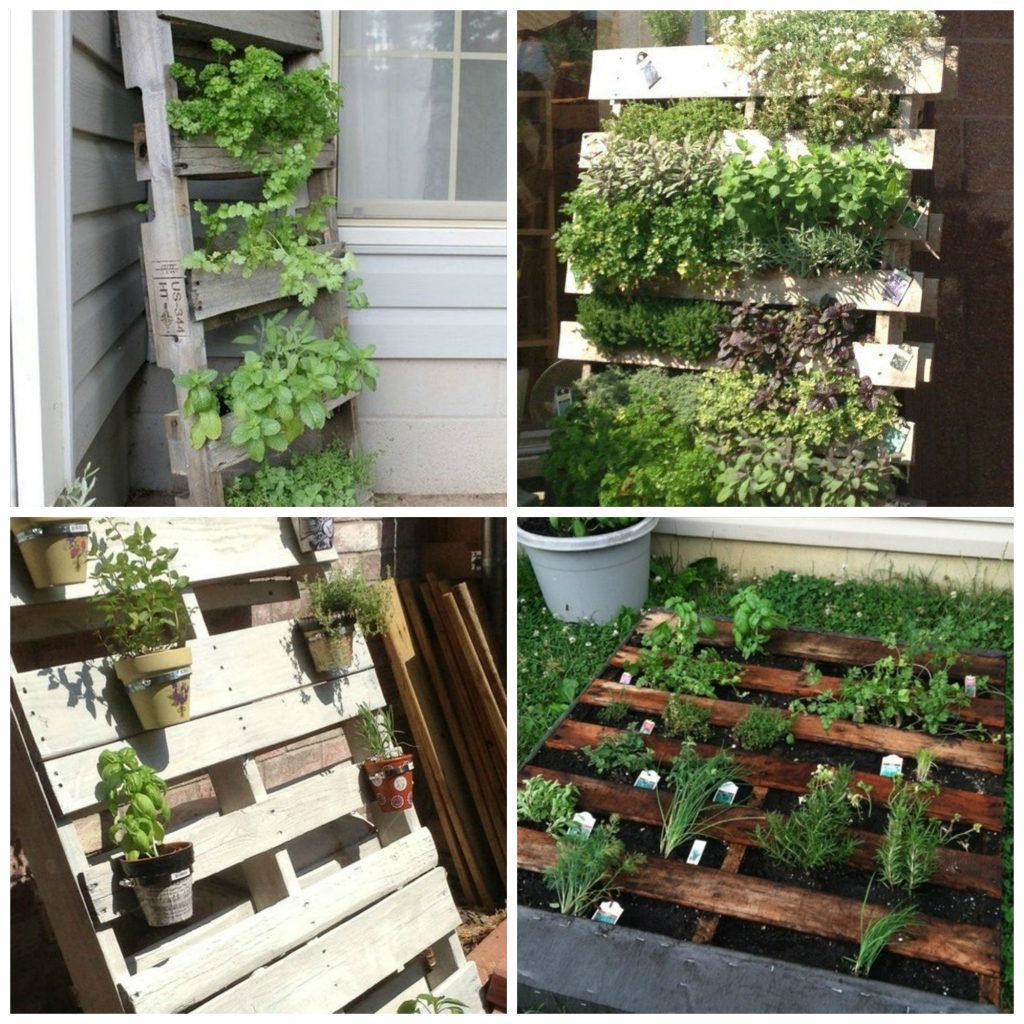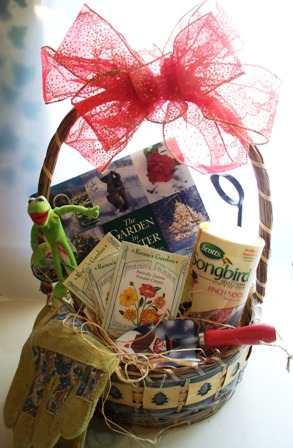Growing Your Own Herbs
If you’re not the type of person that wants to spend their time managing an elaborate fruit or vegetable garden, but you love to cook with fresh herbs, you might consider planting and maintaining an herb garden.
We have been talking a lot about container and wall gardening this week on Facebook and Twitter and understand the importance of availability of fresh, delicious herbs to flavor your meals with.
First you’ll want to choose the herbs that you’ll plant. You might have a hard time doing this because of the huge scope of herbs available. But the best way to choose is to do what I did; just look at what kind of dishes that you normally cook up and serve to family and friends. By planting your own collection of the fresh and dried herbs that use use the most of, you can save money on buying them from the grocery store while having the added benefit of freshness. Some of the herbs you might start with include rosemary, sage, basil, dill, mint, chives, and parsley among others.
As you can see from the collage above, creating a quick, easy, inexpensive and easy to move herb garden is as easy as finding a pallet, some extra lumber and using your imagination.
Harvesting and Storing Your Herbs
When it comes time to harvest the herbs you have labored so hard over, it can be fatal to your plant to take off too much. If your plant isn’t well established, it isn’t healthy to take any leaves at all, even if it looks like its not using them. You should wait until your plant has been well established for at least several months before taking off any leaves. This wait will definitely be worth it, because by growing unabated your plant will produce healthily for years to come.
Once you’ve harvested your delicious home grown herbs, you’ll want to use them in cooking. Why else would you have grown them? Begin by drying what you won’t immediately use. This is easily achieved by placing them on a cookie sheet and baking them 170 degrees Fahrenheit for 2 to 4 hours. Be sure to store them in an air-tight container. During the first few days of storage, you should regularly check the container and see if any moisture has accumulated. If it has, you must remove all the herbs and re-dry them. If moisture is left from the first drying process, it will encourage mildew while you store your herbs.



